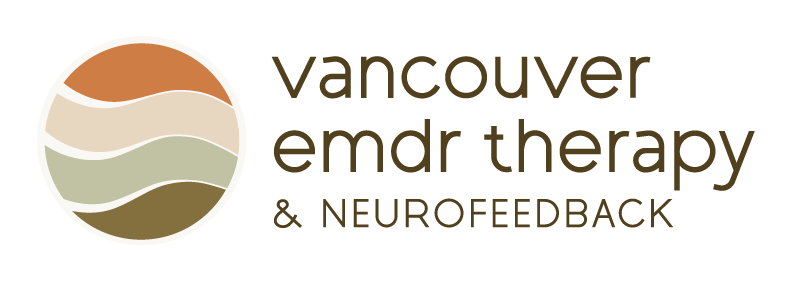First Responders—firefighters, EMTs, police officers, 911/dispatch, military, veterans and others—face a unique kind of trauma. They witness the unthinkable, respond to crisis with composure, and are trained to compartmentalize their emotions in order to perform under extreme stress. Over time, this can lead to an accumulation of unprocessed trauma that lives in the body, not just the mind. First Responders need a different kind of trauma therapy—one that doesn’t rely solely on talking or reliving events. That’s where Deep Brain Reorienting (DBR) comes in. This approach helps heal trauma at its origin—in the nervous system—offering a powerful alternative to traditional methods.
Why First Responder Trauma Is Different
 First Responders experience repeated exposure to high-stress, life-or-death situations. The trauma is often:
First Responders experience repeated exposure to high-stress, life-or-death situations. The trauma is often:
- Sudden and overwhelming (e.g., witnessing a fatal accident)
- Repeated and cumulative (e.g., responding to multiple “bad calls” in one day or week)
- Tied to moral injury (e.g., being unable to save someone, feeling to blame for a unsuccessful outcome of a call or experiencing administrative betrayal)
There is often no time to process these experiences. The nervous system braces for impact, then moves on. Over time, the body holds the tension, and symptoms show up as insomnia, hypervigilance, chronic tension, emotional numbness, burnout or compassion fatigue. These chronic states of stress often lead to depression, anxiety, rumination, irritability, risky behaviors (adrenaline seeking), addictions, substance abuse, relationship challenges and suicidal ideations.
What Is Deep Brain Reorienting?
Deep Brain Reorienting (DBR) is a trauma therapy designed to work with the body’s deepest survival mechanisms. It focuses on the brainstem—specifically, the orienting reflex that happens before we even know we are in danger. DBR was developed by Dr. Frank Corrigan who is a expert in traumatology. He developed this neuroscience approach to help therapists reach deeper areas of the brain to process and release trauma.
Before a traumatic event registers as fear, anger, or grief, the body experiences a pre-conscious surge of tension. DBR helps clients track and stay with that early response, allowing it to process safely without emotional flooding or re-traumatization. It does not rely on detailed storytelling or emotional exposure. Instead, it supports healing from the inside out.
How DBR Helps First Responders
 DBR is particularly well-suited for First Responders because it:
DBR is particularly well-suited for First Responders because it:
- Works below the level of talk and cognition
- Doesn’t require rehashing or re-experiencing the traumatic event
- Gently releases the “orienting tension” that keeps the nervous system in a chronic state of readiness
- Helps resolve shock, helplessness, and moral injury
- Restores a felt sense of safety, control and mental wellness
- Enables First Responders and Veterans to process the most traumatic experiences of their careers—such as pediatric deaths, suicides, life threatening experiences, critical incidents, serious accidents, injuries, explosions, or military deployment—without becoming overwhelmed or reliving the events
What Clients Report After DBR
Many First Responders who engage in DBR report:
- Feeling more grounded and calm in their body
- Fewer physical symptoms like tension, GI issues, or startle reflex
- Better, more restorative sleep including reduced nightmares
- Research supporting the reduction of PTSD/PTSI symptoms
- Reduced desire to use alcohol, substances or other addictions to self medicate
- Less emotional numbness, more access to emotions. This allows for greater ability to connect to their families and loved ones
- Less social isolation- an ability to remain present with their families and communities without being overwhelmed
DBR, the Nervous System, and Sleep
One of the most powerful benefits of DBR is its impact on the nervous system. By working with the brainstem and releasing unresolved orienting tension, DBR can reduce hyperarousal and restore the body’s natural rhythm. This often leads to improved sleep—which is essential for emotional regulation, memory processing, and long-term trauma recovery.
First Responders deserve the best trauma therapy that matches the depth of their experience. DBR reaches the body’s earliest survival responses, allowing for healing that is both safe and profound.
We at Vancouver EMDR Therapy and Neurofeedback incorporate the latest advancements in trauma treatments for our First Responder clients including: Deep Brain Reorienting, Eye Movement Desensitization Reprocessing therapy and Low Energy Neurofeedback System to name a few.
If you or someone you know is living with the invisible weight of trauma, Deep Brain Reorienting may be a path toward real and lasting relief.




